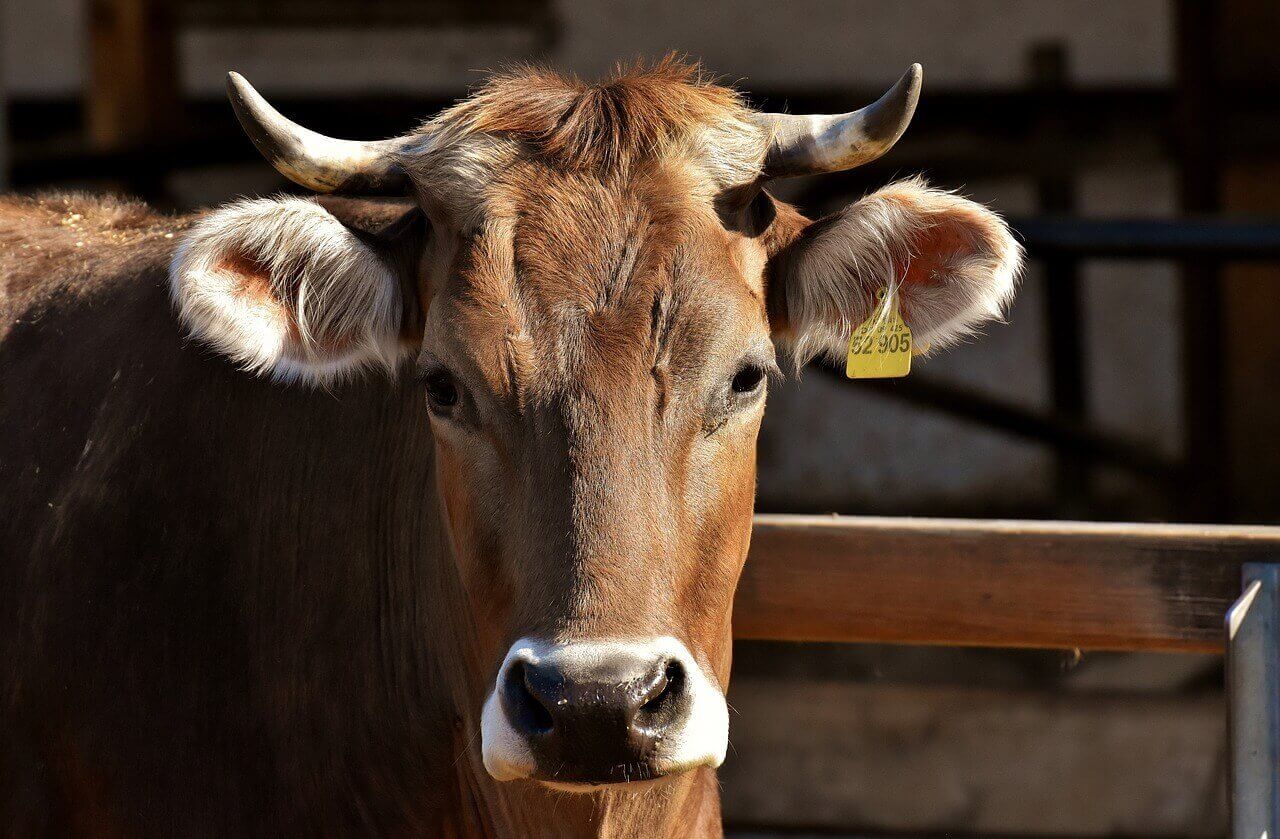NEW
What are the most effective methods to manage livestock waste?
30 January 2015What are the most effective methods to manage livestock waste?
En el marco del congreso anual que se está celebrando en Gante (Bélgica), la Dra. Eva Ugarte, directora de Innovación y Tecnología de NEIKER, ha sido reconocida con el Distinguished Service Award por la European Federation of Animal Science (EAAP).
In order to minimize atmospheric emissions of polluting gases, the Basque Institute for Agricultural Research and Development, NEIKER–Tecnalia, Civil Society non-profit organization dependent on the Deputy Ministry of Agriculture, Fisheries and Food Policy of the Basque Government. has conducted a study to evaluate the effectiveness of various treatments of livestock waste (slurry and manure). Research has shown that the application of manure in agricultural soils by the method of hanging tubes emit air only 3.9% of the applied ammonium, compared to 44% of the traditional method of range. Furthermore, storage of manure in waterproof bags reduces emissions of ammonia and methane by 86% and 61%, respectively. The results are part of the doctoral thesis defended recently by the agronomist Maialen Viguria. The study is part of the European project Batfarm, funded by the Interreg Atlantic Area Programme of the EU and coordinated by NEIKER–Tecnalia.
Gaseous emissions from livestock production mainly ammonia (NH3) and methane (CH4), a greenhouse effect gas , represent between 10% and 40% of total emissions and represent a loss of efficiency in the productive system. Hence the interest of NEIKER–Tecnalia to provide livestock sector effective proposals to mitigate emissions from organic waste. One of these wastes are slurry formed by mixing cattle urine and oozing liquid manure, which are often used to fertilize farmland party.
Researchers at the technology center have found that manure application method with hanging tubes is environmentaly friendlier than traditional fan. The first system is to divide the flow out of tank and direct it to deposit on the floor, through a network of tubes spaced apart 30 cm apart. Thus, the air emission NH3 represents 3.9% of the applied ammonium. For application in -the range slurry ejected from the tank with a jet impinging on a plate, fan-shaped opening and covering the entire surface from the floor, the emission is 44%.
Another problem arising from livestock production is the storage of slurry to the collection for appropriate treatment or use as fertilizer. NEIKER–Tecnalia has found that the storage system with waterproof polyester bag is very effective to reduce emissions. Releases of NH3 and CH4 during filling of the bags were 86% and 61% lower, respectively, compared with uncovered graves, usual method of storage. In the Province of Álava (Spain) there is already a group of farmers who use successfully polyester bag system, having a volume of 3,500 cubic meters and are managed by the cooperative Abere Zerbitzu Teknikoak.
Innovative mobile laboratory
To carry out the investigation, launched in 2011, NEIKER–Tecnalia has used an innovative mobile laboratory that allows to collect and analyze air samples to determine the presence of gases. To take samples from exposed pits , the technological center has designed a floating device which ensures that the air collected, comes directly from the emission source.
The study results, in addition to contribute to reduce gases in the atmosphere will result in the improvement of working conditions in the livestock sector, since they help to reduce odors and achieve a workspace with less ammonia and methane suspension.
Combating climate change
Reduce the predispositions gaseous emissions from livestock is an essential part of the fight against climate change, for his important contribution to the greenhouse effect. Livestock production worldwide will continue increasing due to a higher demand for food coming from population growth. Therefore, research as performed by NEIKER–Tecnalia are of great importance in contributing to livestock activity is environmentally sustainable.



